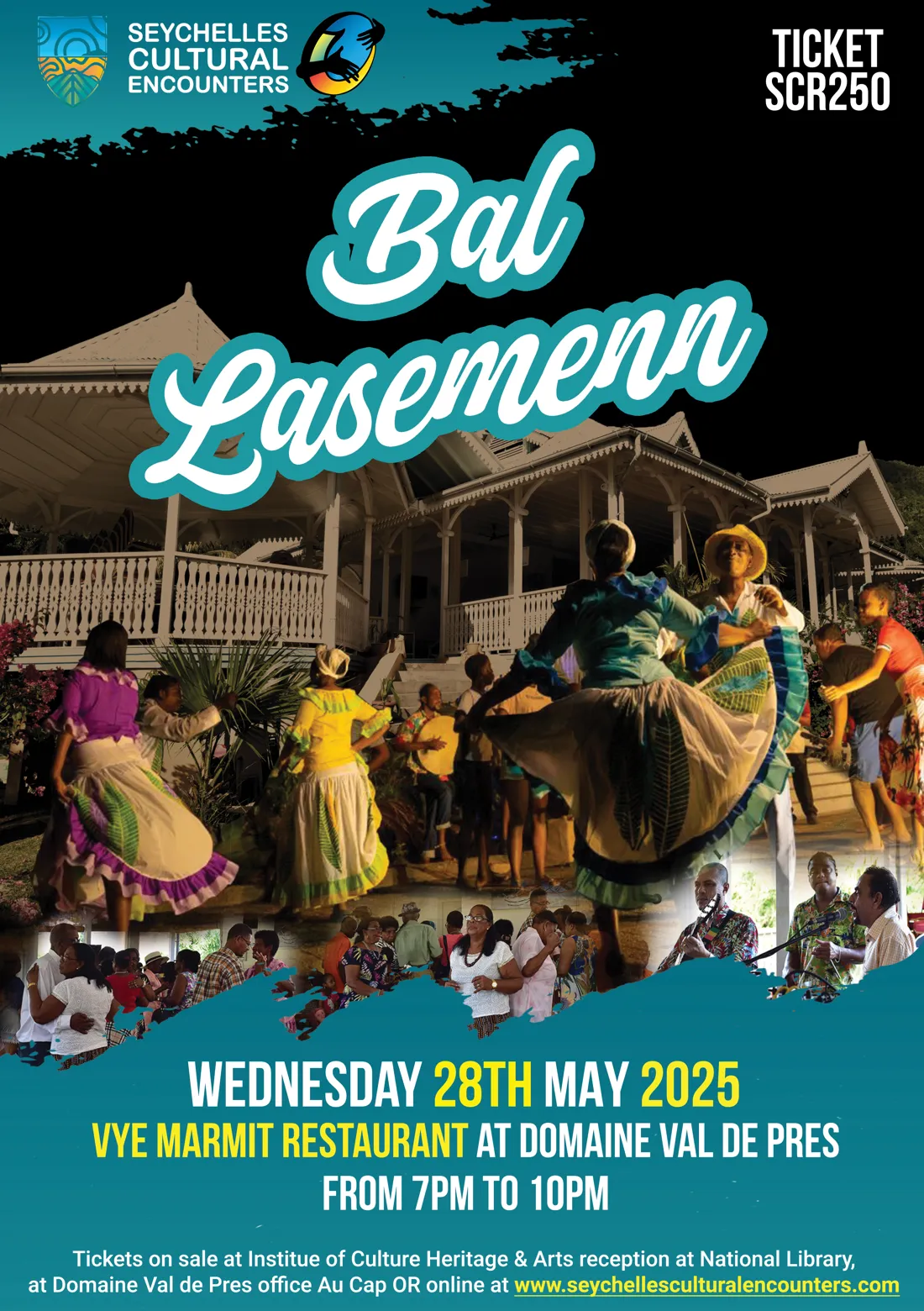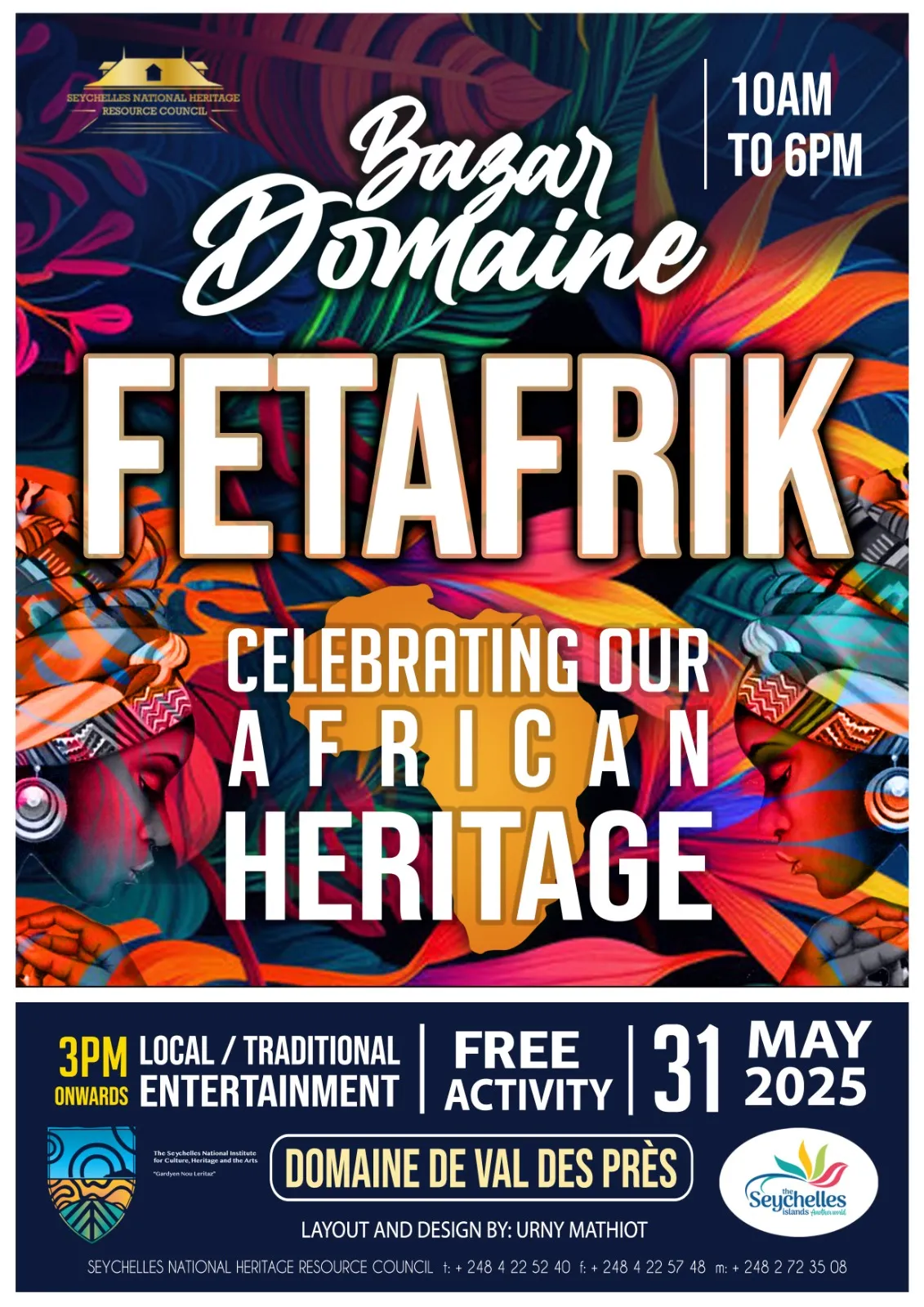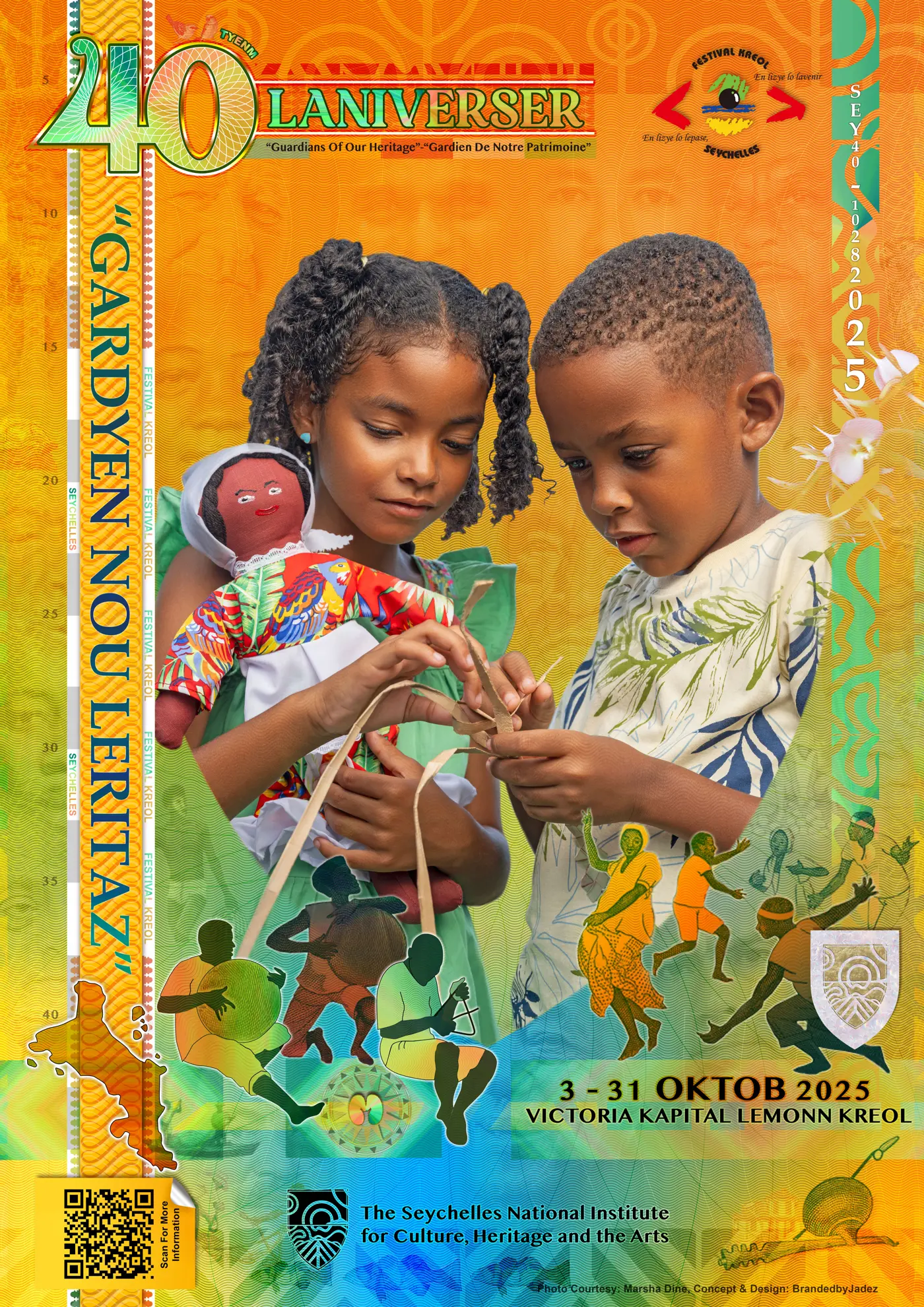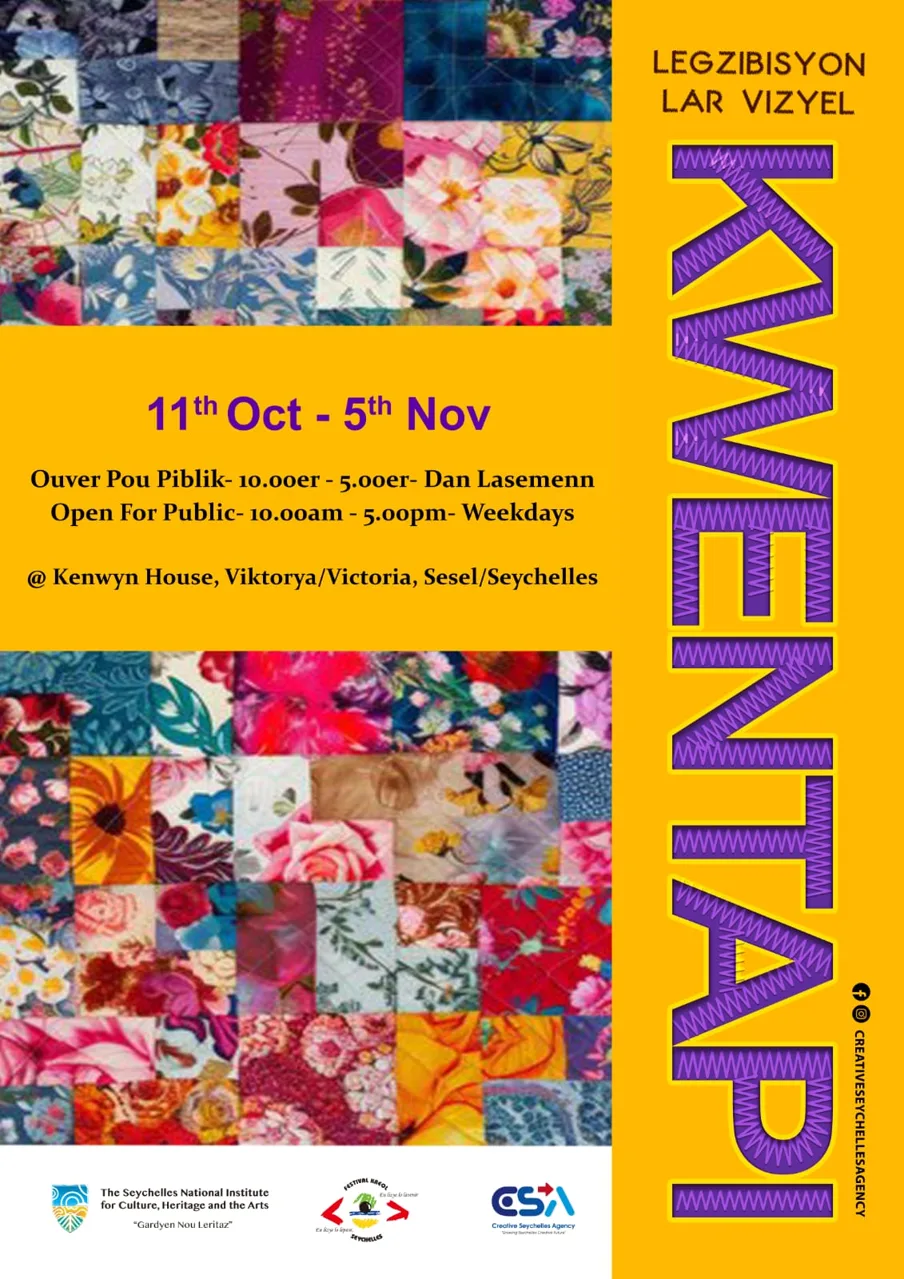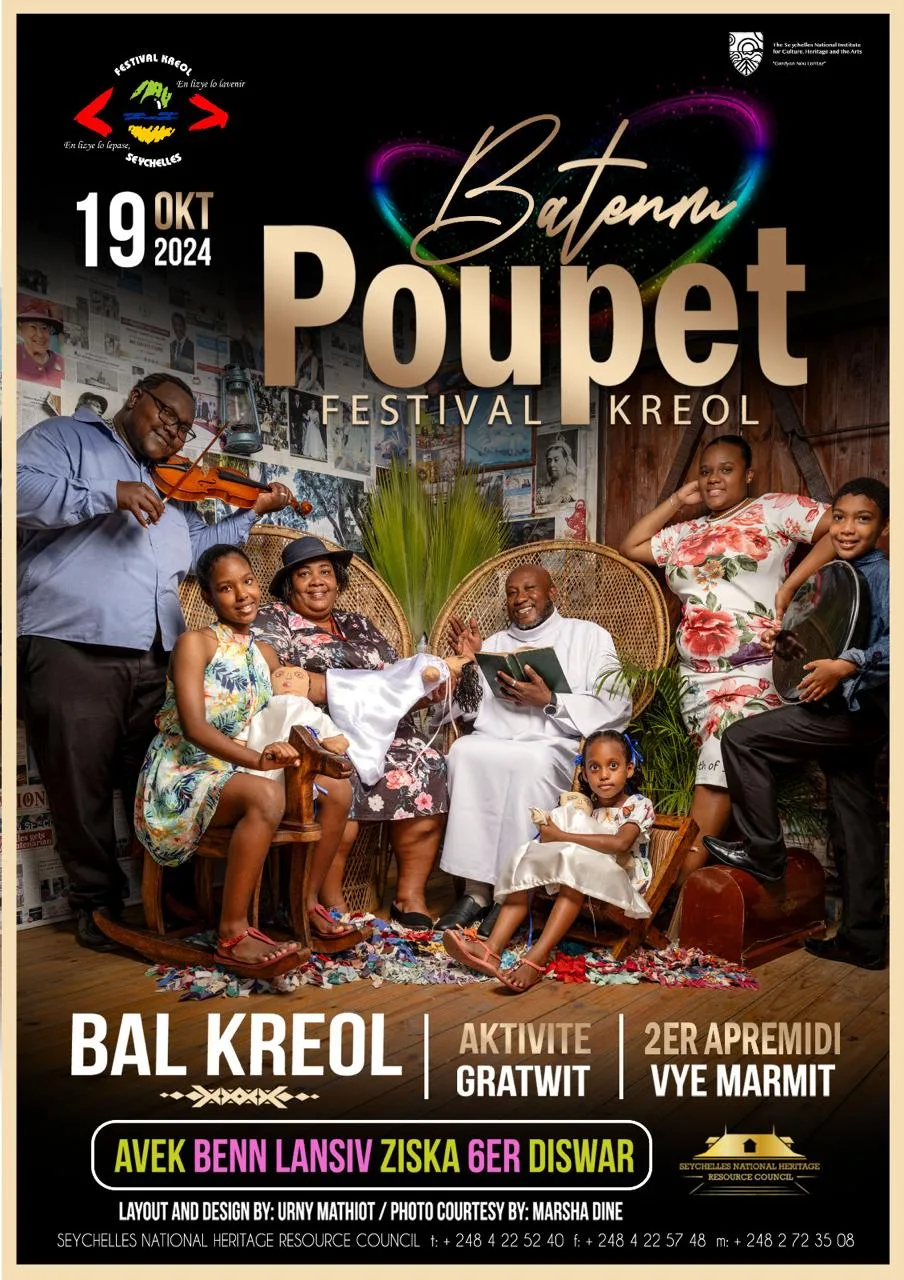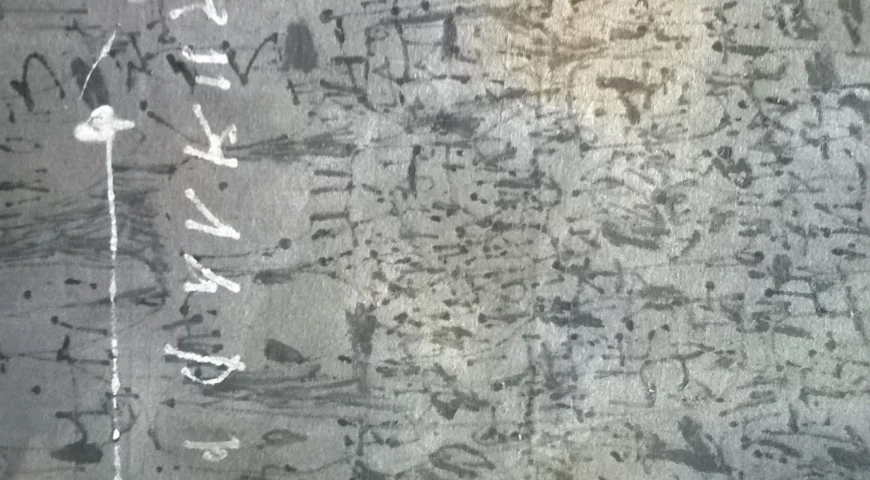
A FEW BITS AND PIECES ABOUT LEON RADEGONDE
Leon Radegonde works in a style which resonates with Art Povera (literally ‘Poor Art’, a 20th century movement which typically saw artists make works from unconventional materials such as soil, rags and twigs).
Radegonde (mostly) declines to use paint, and his palette is invariably sombre. He works most often onto rough hessian or wood, and makes marks using spirits, oil and rust (among many other things).
This is where the three-way collaboration between artist, weather and time comes in, with ‘tapestry’ works wrapped with rusty metal and left outside at the mercy of the elements for up to a year before further attention is given.
In a recent interview this was mentioned:
Q: I said to you once that I see that your work is created through a collaboration of three things – you, of course, but also time and the weather. You are the key figure, because even the participation of the weather is facilitated by you. But when time and the climate has marked the material, you then add your own marks. How do you see the relationship between the marks which are not in your control and those which are?
LR: I try to make my work to look as though I haven’t made it. To make it appear as though it just happened, that it is an object from nature, an object which nature has worked on and to which I simply add my signature. In fact, I am making a piece at the moment – it is almost finished but I have been working on it for a long time, and I want to make this piece look as though it is something that somebody has vandalised. I don’t fully know how I am going to do this, but I just think that I need to add a foreign element to it, like it is an artwork which somebody has reacted to, perhaps by splashing paint onto it, something like that.
And later in the same conversation the artist had this to say:
My work does not have any message, because I don’t like to be confined, I want to be free, I want to do what I want. I don’t have anything to tell people – what to do and what not to do. When I work, I am just having fun. I don’t want to be restricted by the obligation to present a meaning to what I do. I try to be as sincere in my work as possible; I like what I do and it takes lots of time to think about how to make a piece work, and basically, I like the idea of expressing the passage of time, the past history. In Seychelles we don’t have a long human history, and I like to think that in my work I am going back to a time before Seychelles was inhabited. Then people came from Asia, Europe and from Africa, and I like the idea of returning to the time of my forefathers and I am interested in inventing my own imaginary cultural heritage. I am fascinated by slavery and its legacy of poverty, for instance I have been using burlap in my work because when I was a child this was the material that we had to live with. Everybody was poor, we had to make do with what we had, and when I work I like to put myself in the shoes of my ancestors who had to make do with great hardship, and burlap is a material which is very much related to poverty. It was even used as clothing to work in. So I like to use elements which are connected with the fact that my ancestors were slaves and I see lots of injustice in the fact that these people were used to work for others and there is a great sadness in me provoked by this. What I do therefore is symbolic of this feeling that I want to convey.
Leon Radegonde exhibits overseas and is avidly collected (notably in Germany). He represented Seychelles at the Venice Biennale in 2015 (with George Camille), and in 2017 (Group Sez – 16 Seychellois artists).
He also exhibited at the 2023 Dubai World Art fair, where all of his work on show was sold.
Rene Rietmeyer, the President of the European Cultural Centre, had this to say recently about Leon Radegonde:
“Today Contemporary Art is most often an intellectual challenge for the artist, trying to stimulate the further intellectual development of mankind. But most and for all, Contemporary Art must have integrity. Quality art must be a 100% reflection of the artist. Not made to please the public but made to express the artist’s personality and character as honest and sincere as possible.
Sometimes quality Art is not mainly intellectual, but more a direct emotional reflection of the artist; an expression of the dialogue between the artist and the culture he grew up in, and this concept is attributable to Leon.
Like very few world class artists before and around him, Leon is real, there is nothing fake about him and his art works. For me, Leon is the first quality Contemporary Artist in the history of the country of Seychelles, hopefully inspiring many others to follow.”
Amsterdam
25 Feb 2024


